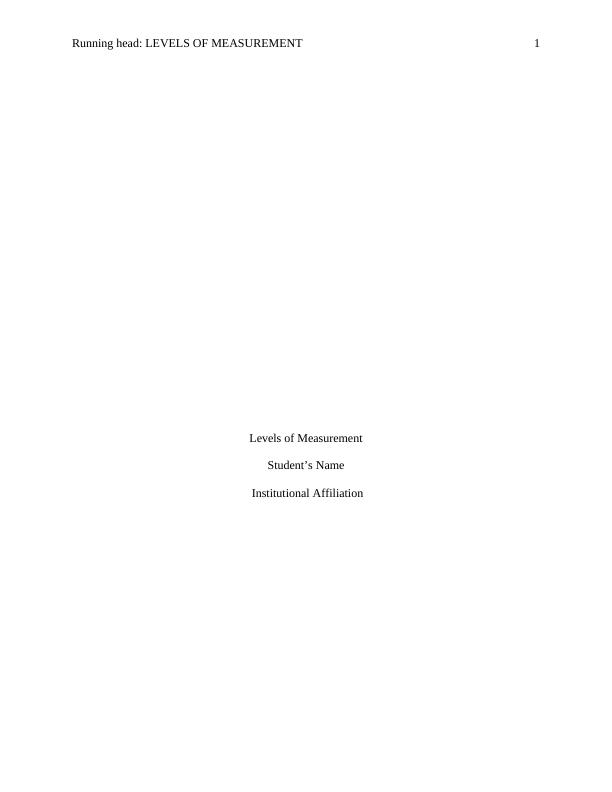Levels of Measurement
Summary: This text contains key terms related to data analysis, including qualitative analysis, statistics in evaluation, cost-effectiveness and cost-benefit analysis, meta-analysis, systematic reviews, and meta-analyses and syntheses. It also discusses qualitative data analysis, coding, data displays, validity, and threats to validity. Chapter 20 focuses on using statistics in evaluation and levels of measurement.
Added on 2023-05-30
About This Document
Levels of Measurement
Summary: This text contains key terms related to data analysis, including qualitative analysis, statistics in evaluation, cost-effectiveness and cost-benefit analysis, meta-analysis, systematic reviews, and meta-analyses and syntheses. It also discusses qualitative data analysis, coding, data displays, validity, and threats to validity. Chapter 20 focuses on using statistics in evaluation and levels of measurement.
Added on 2023-05-30
End of preview
Want to access all the pages? Upload your documents or become a member.


